Houseplant leaves turn yellow and brown and dry for a variety of reasons: when grown in too little light, an irregular watering pattern, or the plant is sitting in water and may be the beginning of root rot. Usually if the problem is over-watering the entire plant will turn yellowish – if the problem is uneven watering, that is drying between waterings, then the older leaves turn yellow and brown first but the new foliage looks OK. So evaluate your plant by looking to see if all the new growth is fine but the older leaves are the ones that are going – if that’s the case you need to water the entire plant really well and then check it in a few days to see if it is dry.
Often our houseplants dry more quickly at this time of year when the heating is coming on more frequently. Be sure to water really well when you do water – never give a plant “just a little” because you don’t want to over-water, don’t want the water to leak out of the drainage holes, or don’t have time to fill up a container with enough water. In other words, soak the entire root ball well when you water and let it drain into a sink or saucer for a couple of hours – then remove from any standing water and test the soil in a few days to see if it’s dry ready for watering again.
Plants also dry up more quickly when they’ve been in the same pot for awhile. When you see brown leaves on a plant, tip it out of the pot and see if it looks root bound. If so, putting it in a new, larger pot with fresh soil will help.
This does not look like a nutrient deficiency but most houseplants should be fed a slow-release or organic fertilizer formulated for indoor container plants. They do not need fertilizer in the dark months of November through January.
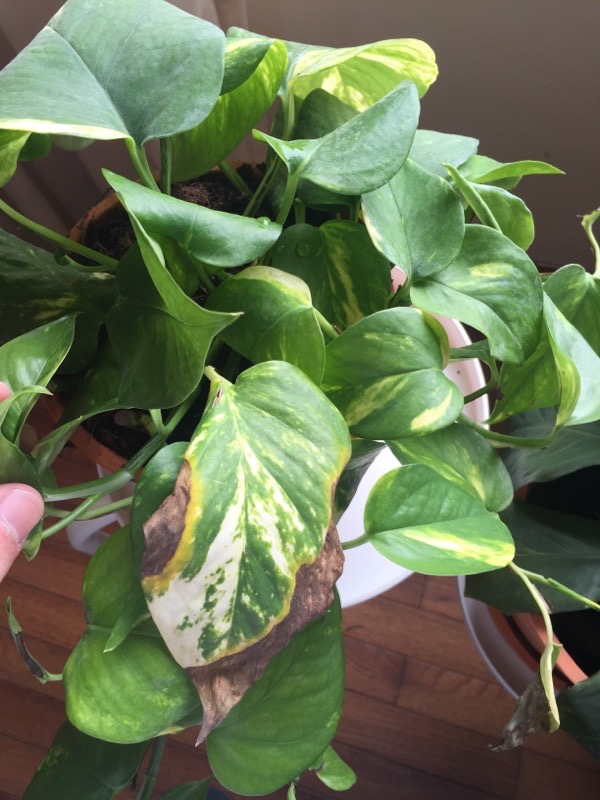
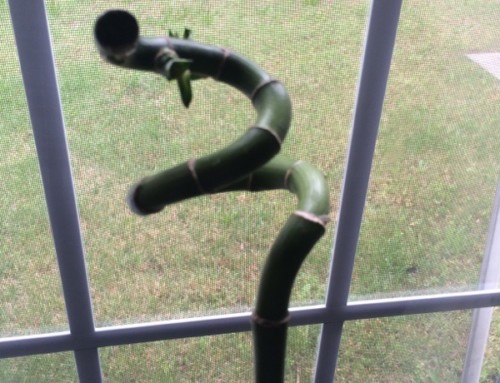
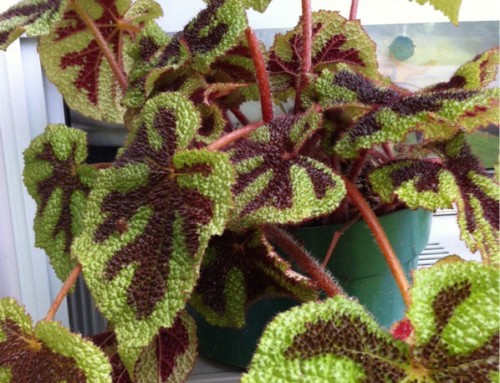
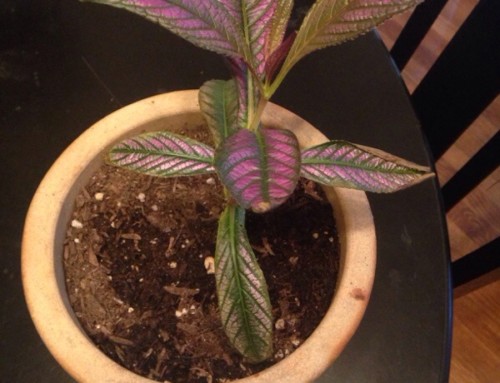
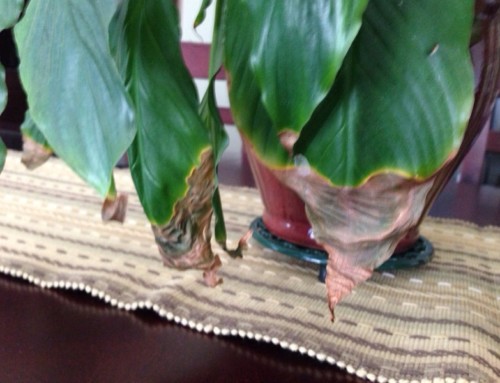
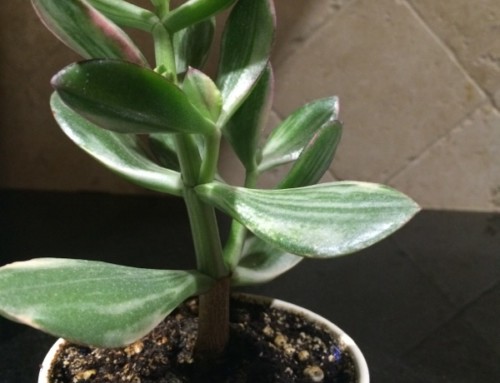
Leave A Comment